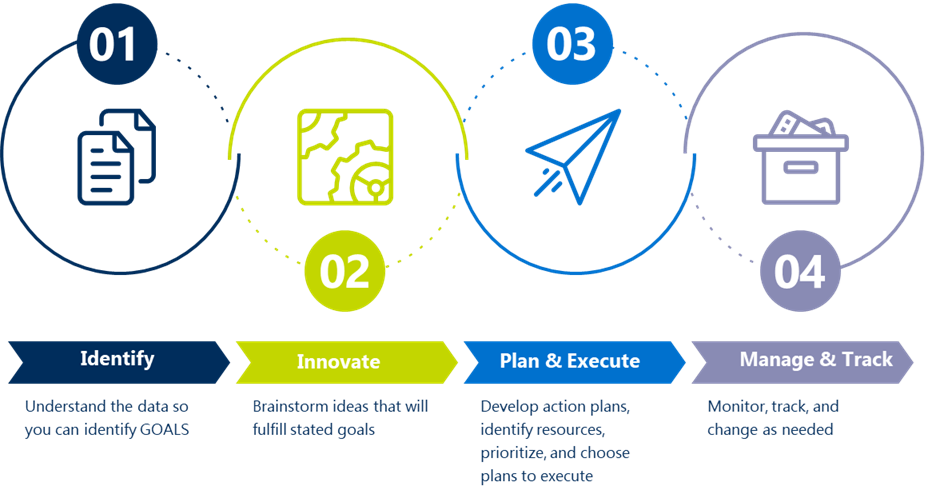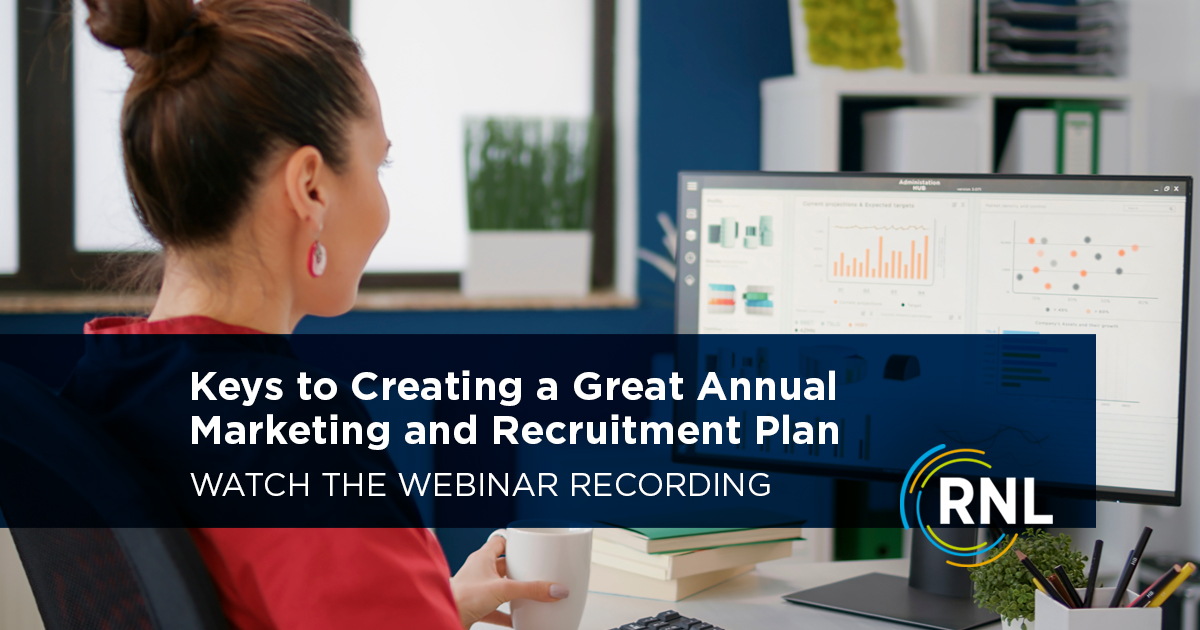enrollment
What Makes an Annual Recruitment Plan Succeed?
It is officially summer and time for vacation—right? Well, as a long-time enrollment manager, my mind automatically moves to annual recruitment planning. Although most campuses are still focused on yield activities and getting their class in and settled, the fact is that we need to start resetting for the next recruitment cycle.
After working on a campus for nearly 20 years and consulting on over 100 campuses, there is a direct correlation between quality annual recruitment planning and goal achievement. It is fundamental to any successful enrollment management program whether you are public or private, two-year or four-year, grad or undergrad. Additionally, high quality plans are essential, but more essential is the ability to execute the plan.
What is the essence of an annual recruitment plan?
“The nicest thing about not planning is that failure comes as a complete surprise and is not preceded by a period of worry and depression” ~ Sir John Harvey-Jones
It has been said there are two excellent ways to fail:
- Do an equally good job of everything; and
- Do an excellent job of the wrong thing.
Planning does not ensure results, but it does provide disciplined appraisal, goal setting, and strategizing which can minimize failure.
A marketing and recruitment plan is a set of clear and unambiguous goals with associated strategies and action plans that, when taken in totality, lead to the achievement of the annual new student enrollment goals. Further, it establishes, in advance, responsibility, resources required, timetables, and methods of evaluation, thus facilitating control of progress. A thoughtful planning process helps to set meaningful goals and identify the most important strategies and activities necessary to achieve those goals.
In the past two weeks, I just finished developing annual recruitment plans for two public institutions. Neither campus currently had a plan in place nor had they ever participated in an annual recruitment planning process. However, COVID, declining high school demographics and increased competition have shaken things up, and many campuses that historically did not have a well-conceived annual recruitment plan now see the necessity for them.
For both of these campuses, it was interesting to observe the planning team mature in their understanding of not only the process but more importantly how it would benefit their work, job satisfaction, and ownership of their work. No longer would they just be recruiting blindly, now they were part of the plan which benefited them by:
- Providing a systematic assessment of strengths, weaknesses, opportunities, and threats as well as current marketing and recruiting strategies;
- Establishing consensual institutional goals and priorities;
- Encouraging innovative thinking and problem-solving;
- Creating awareness of obstacles which may need to be overcome;
- Coordinating and unifying staff effort;
- Ensuring more effective use of existing resources and identifying the need for additional resources;
- Assigning responsibility and accountability and scheduling work;
- Facilitating control and evaluation of activities;
- Communicating and documenting the enrollment “game plan”; and
- Providing a basis for future planning.
An annual recruitment plan needs to be a living document
Typically, when I’m working with a campus on annual plan development, the process can take a few months, especially if they do not have a plan or a quality plan in place. For campuses that have a plan in place, we can typically move more quickly over the course of a few weeks to get them reset and ready for the next recruitment cycle.
Keep in mind that the plan is an evolving document; it does not get drafted and then just sit on someone’s desk. When I was on campus, by the end of the recruitment cycle, my plan had more hand-written notes, edits, sticky notes, and the like throughout it because the enrollment landscape is always shifting, and we need to proactively anticipate that shift and adjust as we go to ensure we stay focused on the goals.
“I skate to where the puck is going to be, not where it has been” ~Wayne Gretzky
The illustration below provides a top-level view of the process involved with planning: Preparation, Situation Analysis/Review of Data and Information, Audit of primary recruitment programs and strategies, goal setting, formulate key recruitment strategies and finally developing action plans (which provide the necessary structure for a successful implementation and monitoring).

Explore more during our webinar or reach out to set up a time to talk
With nearly three decades of enrollment management experience both on campus and as an enrollment consultant, I know many campuses feel they can put a plan together and execute on it themselves. However, the reality is that having someone facilitate this process typically leads to better results.
I invite you to dive into this in more detail during our webinar Keys to Creating a Great Annual Marketing and Recruitment Plan. I will be presenting with Dr. Megan N. Luft, executive director of admissions at Shippensburg University, and wewill show how great planning takes shape for a campus.
Summer is also the time for planning and resetting, and RNL can help you. Our team of enrollment experts can help you develop an annual recruitment plan for any type of institution or audience from the ground up; or perhaps you just need a fresh set of eyes on your existing plan. Either way, we can help you get this moving and support your desire to achieve enrollment success. Reach out to us and we’ll set up a time to talk.
Happy planning and don’t forget to take the summer vacation!
Talk with our enrollment experts
Let’s talk about how you can find the optimal strategies for digital marketing, inquiry management, financial aid awarding, optimizing yield, and other key actions.

